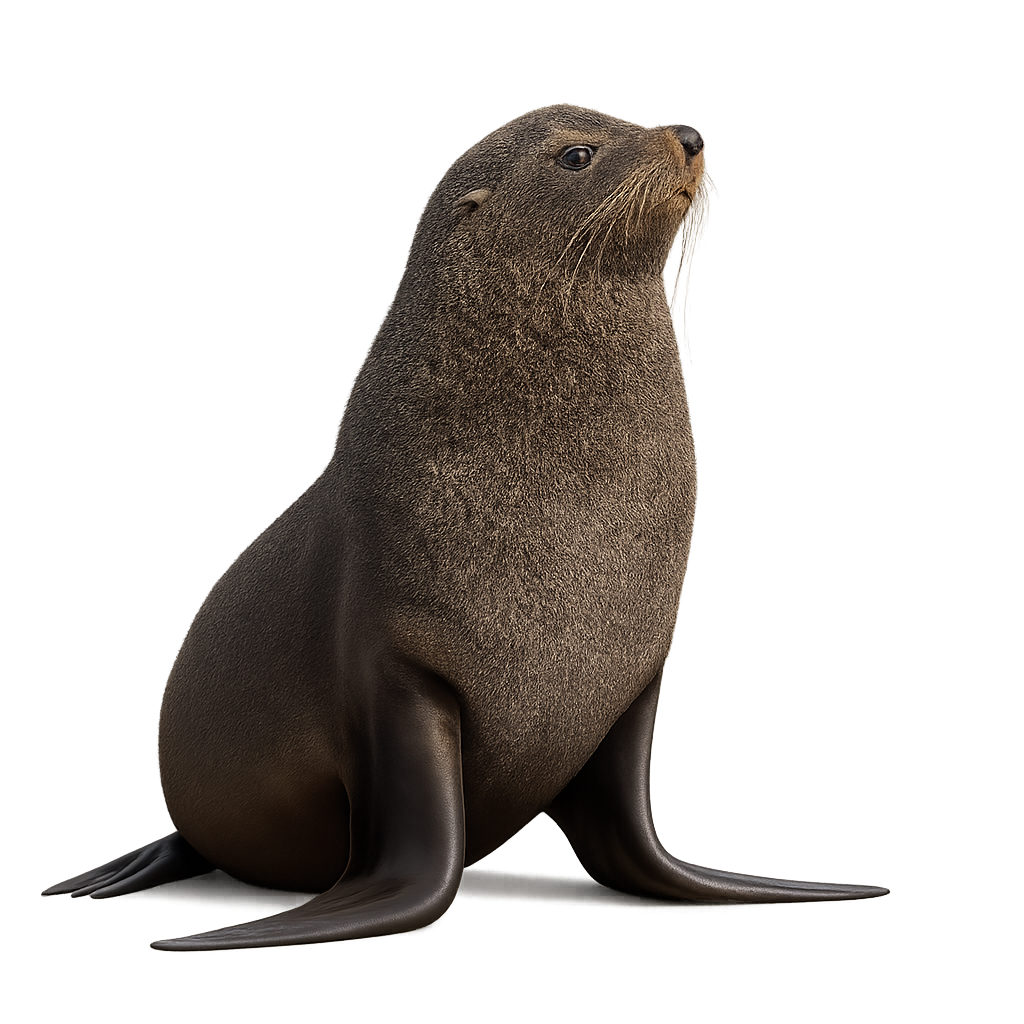Your wildlife photography guide.
Explore the fur seal in detail, study its behavior, prepare your shots.
Where to observe and photograph the fur seal in the wild
Learn where and when to spot the fur seal in the wild, how to identify the species based on distinctive features, and what natural environments it inhabits. The WildlifePhotographer app offers tailored photography tips that reflect the fur seal’s behavior, helping you capture better wildlife images. Explore the full species profile for key information including description, habitat, active periods, and approach techniques.
Fur seal
Scientific name: Arctocephalus

IUCN Status: Least Concern
Family: OTARIIDAE
Group: Marine mammals
Sensitivity to human approach: Suspicious
Minimum approach distance: 30 m
Reproductive period: May to June
Duration: 11 mois
Births: May to June
Habitat:
Rocky coasts, beaches, and subantarctic and temperate islands, mainly in Australia, New Zealand, and some South Atlantic islands
Activity period :
Activity varies depending on season, weather, or human pressure.
Identification and description:
The Fur Seal, also known as the hair seal, is a marine mammal primarily found along the coasts of the Southern Hemisphere, particularly in Australia, South Africa, and subantarctic islands. It measures between 1.5 and 2.5 meters in length and weighs between 200 and 350 kg. Its dense and waterproof fur, which gives it its name, consists of short, soft hairs covering a layer of subcutaneous fat that insulates it from the cold. The Fur Seal is an excellent swimmer, capable of diving to significant depths to feed on fish, cephalopods, and crustaceans. It lives in colonies, forming strong social groups, especially during the breeding season. While the population of fur seals remains relatively stable, this species is threatened by hunting, habitat loss, and ocean pollution.
Recommended lens:
200 mm – adjust based on distance, desired framing (portrait or habitat), and approach conditions.
Photography tips:
Use a telephoto lens to photograph fur seals, especially when they are resting on beaches or swimming in the water. Quiet moments at the end of the day or early in the morning are ideal for capturing their natural behavior. Be discreet so as not to disturb their natural environment and breeding routine.
The WildlifePhotographer App is coming soon!
Be the first to explore the best nature spots, track rutting seasons, log your observations, and observe more wildlife.
Already 1 431 wildlife lovers subscribed worldwide

